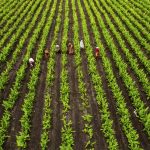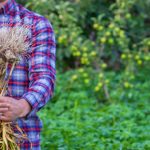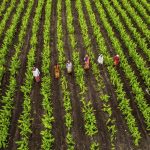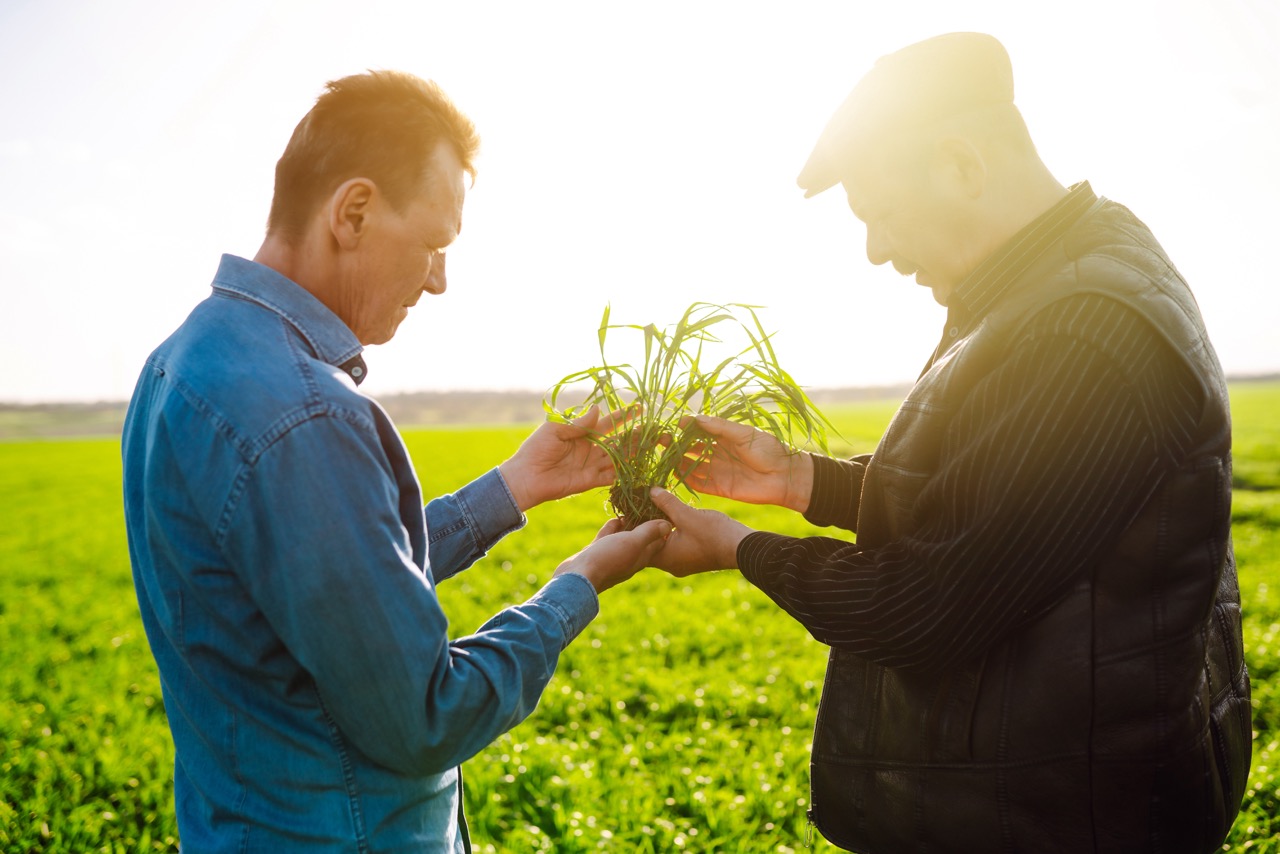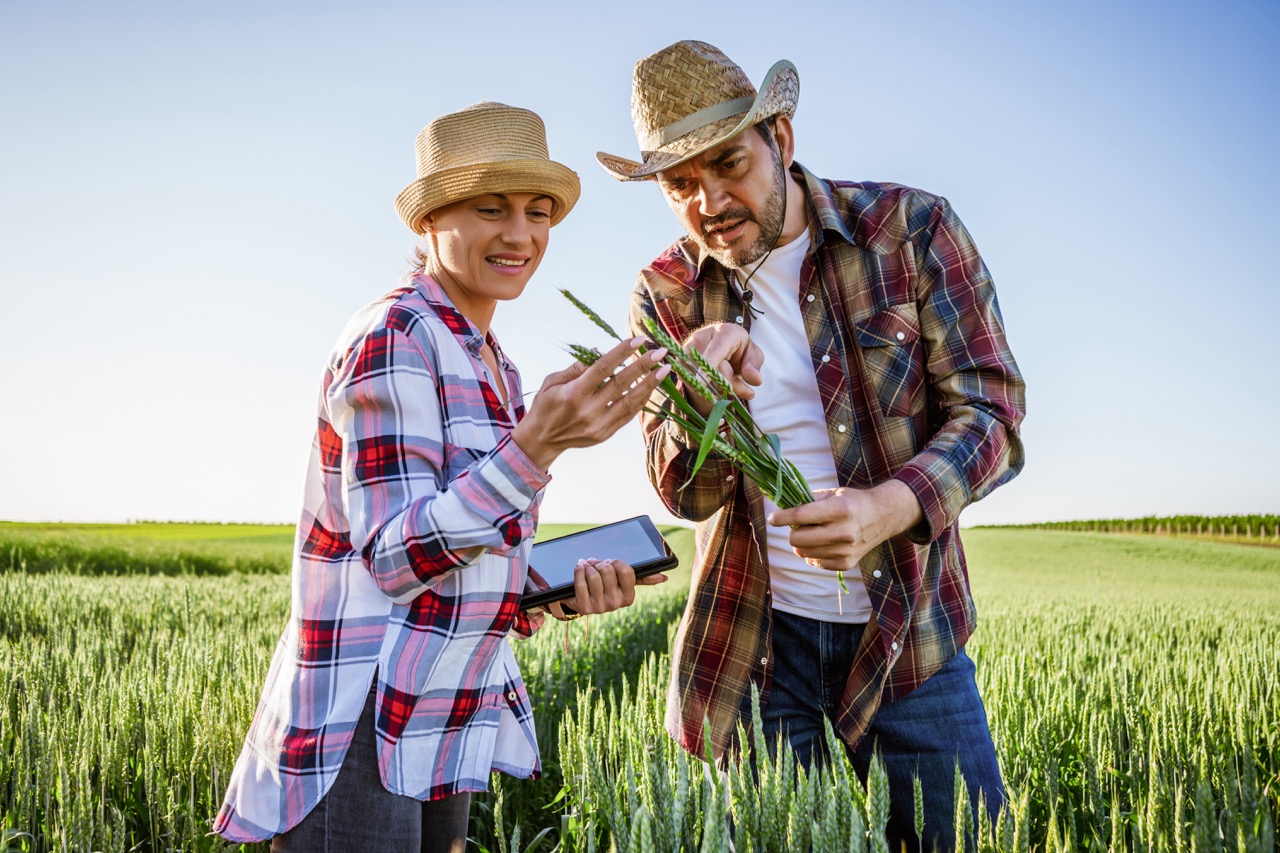In the quest for sustainable agricultural practices, the concept of sharecropping emerges as a significant risk management strategy. Traditionally associated with the post-Civil War era in the United States, sharecropping is a system where landowners allow tenants to farm their land in exchange for a share of the crops produced. This arrangement not only provides a livelihood for farmers but also helps mitigate agricultural risks that can arise from environmental uncertainties, market fluctuations, and other challenges. In this article, we will explore the role of sharecropping in modern agriculture, its economic benefits, and the challenges that can arise from these arrangements.
Understanding Sharecropping as a Risk Management Strategy
Sharecropping serves as an effective risk management strategy for both landowners and farmers, particularly in regions where climatic variability poses a significant threat to agricultural productivity. By entering into a sharecropping agreement, farmers can gain access to land without the substantial upfront costs associated with land purchase or long-term leases. This arrangement allows them to focus on cultivation while sharing the inherent risks associated with agriculture, such as adverse weather conditions or pest infestations. In essence, the risk is distributed between the landowner and the farmer, allowing both parties to navigate uncertainties together.
Moreover, sharecropping can facilitate diversification in agricultural production, which is another crucial aspect of risk management. Farmers can choose to cultivate a variety of crops, reducing their dependence on a single commodity that may be susceptible to market fluctuations or environmental challenges. This diversification not only enhances food security for local communities but also provides farmers with the flexibility to adapt to changing market demands and climate conditions. As a result, sharecropping arrangements can foster resilience, enabling farmers to sustain their livelihoods even in the face of adversity.
Finally, the partnership inherent in sharecropping can create a supportive network for farmers, allowing them to share knowledge and resources. Experienced farmers often mentor newcomers, helping them adopt best practices that mitigate risks. This collaborative environment can lead to innovations in farming techniques and improved productivity. As such, sharecropping not only addresses the immediate risks associated with agriculture but also encourages long-term growth and adaptability among farmers.
The Role of Sharecropping in Sustainable Agriculture
Sharecropping aligns closely with principles of sustainable agriculture, as it promotes the use of local resources while minimizing the need for external inputs. By empowering farmers to cultivate the land they work, sharecropping encourages the use of crop rotation and organic practices that maintain soil health and biodiversity. This approach not only reduces reliance on chemical fertilizers and pesticides but also fosters sustainable land management practices, which are crucial in the face of climate change and environmental degradation.
In addition, sharecropping arrangements often promote social equity by providing opportunities for marginalized communities to engage in agriculture. Many sharecroppers are smallholder farmers who might lack access to capital or land ownership. By allowing these individuals to farm under a sharecropping model, they gain economic independence and the ability to contribute to local food systems. As such, sharecropping can play a vital role in achieving food sovereignty and promoting social justice within agricultural communities.
Furthermore, sharecropping can serve as a catalyst for community building. When farmers work together on shared land, they often form cooperative networks that can further enhance sustainability efforts. These networks can facilitate resource sharing, collective purchasing of inputs, and collaborative marketing strategies, increasing the bargaining power of smallholder farmers. In this way, sharecropping not only supports individual livelihoods but also strengthens the agricultural community as a whole.
Economic Benefits of Sharecropping for Farmers and Landowners
The economic dynamics of sharecropping present unique benefits for both farmers and landowners. For landowners, offering land under a sharecropping arrangement provides a steady income without the need for day-to-day management of the farm. This passive income model is particularly appealing to landowners who may not have the time or expertise to cultivate their land but still wish to maintain its productivity. Furthermore, sharecropping agreements often incentivize landowners to invest in the land’s upkeep, ensuring better yields and, consequently, a greater share of the profits.
For farmers, the economic advantages of sharecropping include reduced financial risk and increased access to land. Since they do not bear the full burden of land ownership costs, farmers can allocate their resources toward improving their farming practices, purchasing necessary equipment, and investing in crop diversification. This access to land can be particularly beneficial for young or inexperienced farmers who are keen to establish their agricultural ventures but lack the financial capital to purchase land outright.
Additionally, sharecropping can lead to enhanced market access for farmers. By forming partnerships with landowners, farmers may gain access to established distribution channels and networks, enabling them to sell their crops more efficiently. This connectivity can help farmers negotiate better prices and reach wider markets, ultimately enhancing their economic viability. The synergy between farmers and landowners in sharecropping arrangements fosters a mutually beneficial relationship that can contribute to the overall economic health of agricultural communities.
Challenges and Solutions in Sharecropping Arrangements
Despite its potential benefits, sharecropping can present several challenges that need to be addressed for the arrangement to be effective and sustainable. One major concern is the risk of exploitation, where landowners may impose unfair terms that disadvantage sharecroppers. This can lead to a cycle of debt and dependency, undermining the very purpose of the arrangement as a risk management strategy. To counteract this, transparent contracts should be established, clearly outlining the responsibilities and rights of both parties to ensure fairness in the agreement.
Another challenge is the potential for conflicts over resource management and crop sharing. Disputes may arise regarding how crops are divided, especially if the sharecroppers invest significant labor or resources into improving the land. To mitigate these issues, regular communication between landowners and farmers is essential. Establishing cooperative governance structures can help facilitate dialogue and conflict resolution, ensuring that both parties remain engaged and satisfied with the arrangement.
Finally, economic and environmental changes can create instability in sharecropping arrangements. Changes in market prices for crops, climate conditions, or land availability can all impact the sustainability of sharecropping. To address these uncertainties, stakeholders can explore adaptive management strategies that allow for flexibility in agreements. This may include revising crop shares based on changing economic conditions or incorporating practices that enhance resilience, such as soil improvement techniques or diversified planting strategies. By fostering adaptability, sharecropping can evolve as a viable risk management strategy in the face of an unpredictable agricultural landscape.
In conclusion, sharecropping presents a compelling framework for managing agricultural risk while promoting sustainable practices. By distributing the risks and rewards between farmers and landowners, this partnership not only enhances economic stability but also fosters community resilience. However, for sharecropping to be successful, it is essential to address the challenges that may arise, ensuring that both parties benefit equitably from their collaboration. As the agricultural landscape continues to evolve, sharecropping could play a pivotal role in shaping a sustainable and inclusive future for farming communities.
